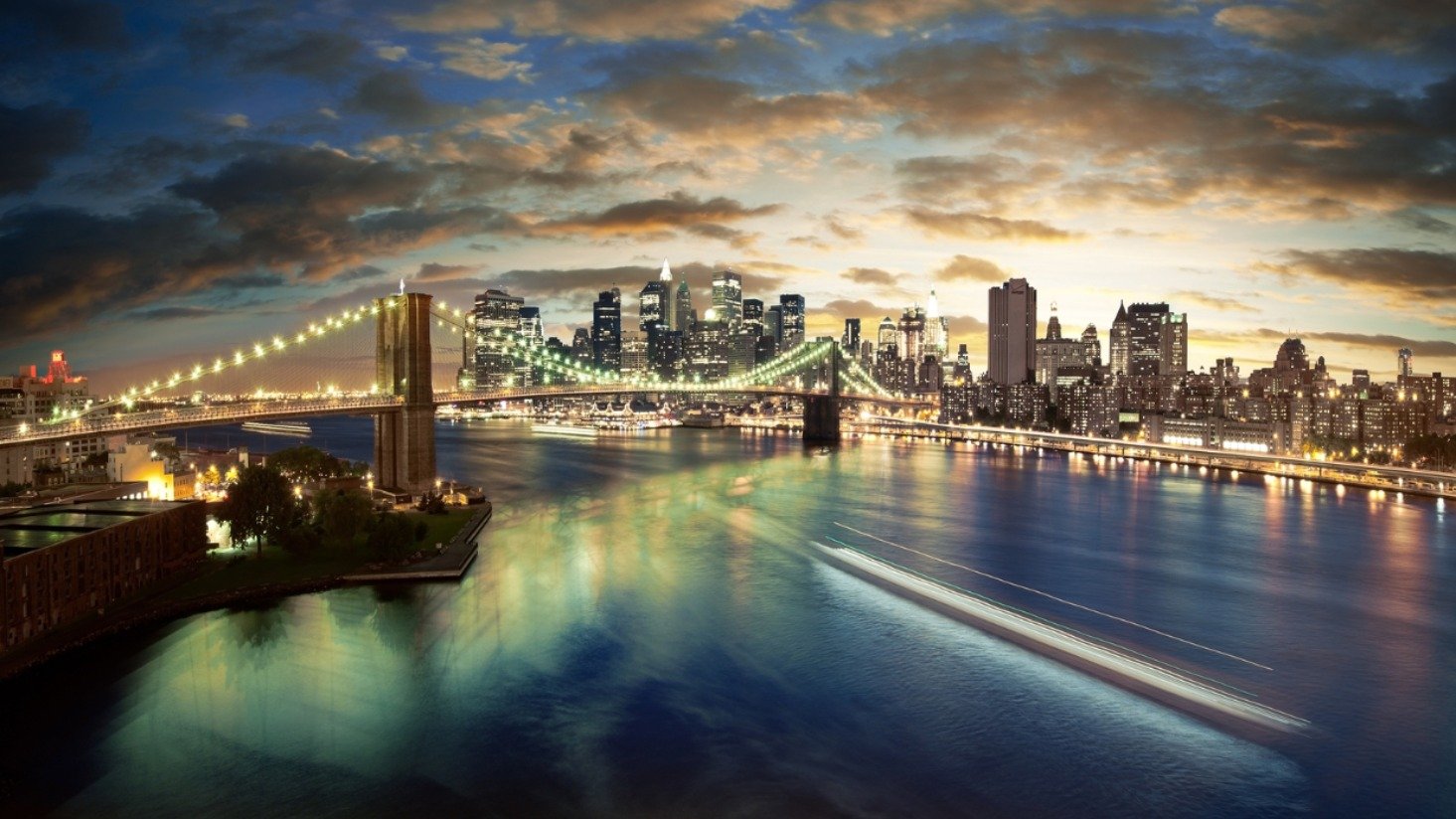NYC Energy Conservation Code: Lighting requirements to meet by 2025

In recent years, New York has made big plans to go green. By 2030, the city hopes to cut down on greenhouse gas emissions by 30%.
That’s a lofty goal for a city that has nearly a million buildings. But it turns out, about 22,000 buildings use nearly half of the energy citywide. That makes it a little more manageable, right?
The Greener, Greater Buildings Plan (GGBP) – a set of energy efficiency laws – was first announced in 2009. Since then, the city updated local laws and its Energy Conservation Code. Now there are big questions, like who is included in these requirements? Are they different for commercial and residential buildings? And what does this mean for lighting?
NYC Energy Conservation Code: Lighting changes for 2025
Even though the much larger plan (called PlaNYC) has a 2030 goal, lighting requirements have a different deadline.
By January 1, 2025, all commercial buildings larger than 25,000 square feet, as well as common areas in residential buildings larger than 25,000 square feet, must upgrade lighting.
That may seem like it's a long way out – but considering a commercial building lease is 15 years on average, it should already be top of mind.
To put it simply, lighting upgrades must meet the standard of new construction projects outlined in the NYC Energy Conservation Code.
A bonus to the regulations? Energy-efficient lighting is an easy, inexpensive way to save energy (and money!).
You can save even more money on lighting. Apply for an account to receive business pricing for our online store.
NYC lighting standards for commercial properties by 2025
Lighting in non-residential buildings makes up nearly 18% of energy use and greenhouse gas emissions in New York City, so it's no wonder why they are big targets for energy savings.
Upgrades are required for all interior and exterior spaces, including offices, guest rooms in hotels, and every room in a hospital or nursing home.
There are different power requirements for different applications, outlined in the Energy Conservation Code. The easiest way to meet the standards: install LEDs.
Another big change for commercial properties is the requirement for lighting controls.
Occupancy sensor controls must be installed in the following rooms:
- Classrooms or lecture rooms
- Conference or meeting rooms
- Copy and print rooms
- Lounges
- Employee lunch and break rooms
- Private offices
- Restrooms
- Storage rooms
- Janitorial closets
- Locker rooms
- Other enclosed spaces 300 square feet or less
- Warehouses
- Open plan offices
And don’t forget about exit signs. Exit signs inside your building must not use more than five watts per side. There are also requirements for tandem wiring and lighting outside your property.
NYC lighting standards for residential buildings by 2025
For residential buildings, the standards are a little different.
One important distinction: only common areas like lobbies, halls, service areas, basements, mechanical rooms, utility closets, laundry rooms, and exterior building lighting must be updated. Residential units are not included.
Within those areas, 75% of lighting must meet high-efficacy standards. This doesn’t necessarily mean that lights have to be LEDs, although that’s probably the easiest way. Compact fluorescent lights (CFLs) and linear fluorescents (T8s or smaller) may also meet requirements.
Still have T12s in your building? Here are your replacement options.
Here’s a look at the wattage and lumen suggestions:
- 15 W or less = 40 lumens/watt
- Greater than 15 W up to 40 W = 50 lumens/watt
- Greater than 40 W = 60 lumens/watt
The Energy Conservation Code allows 75% of fixtures to be fully-equipped with high-efficacy lamps. Fixtures may use more than one lamp, which is where the distinction comes into play.
Lighting compliance for NYC Energy Conservation Code
Once you’ve upgraded your lighting, you might be thinking great – how do I prove it?
A registered design professional or a licensed electrician must approve the upgrades and prepare a report. The building owner is responsible for filing that report to the NYC Department of Buildings on or before January 1, 2025.
You don’t have to complete the upgrades in one fell swoop. You can start floor by floor or room by room, as long as the lighting upgrades are complete by the 2025 deadline.
After that, the building owner is required to get a yearly benchmark of energy and water usage that the public can access.
The best way to ensure that your property meets code: work with a qualified and licensed professional.
We’re just talking about lighting here, because that's our expertise, but Local Law 88 also requires sub-meters on buildings.
The city is working with Urban Green to help building owners with compliance. You can find their checklist here.
Lighting benefits in Greener, Greater Buildings Plan
Earlier this year, part of New York City went dark. A power failure trapped people in elevators, on the subway, and traffic lights caused chaos for drivers. Can you imagine being in a crowded restaurant or trying to watch a Broadway show during a blackout?
The city hopes changes and improvement to lighting will lower the demand to electrical systems, making electricity more reliable for people across all parts of the city.
The upgrades do come at a cost: an estimated $5.2 billion for the overall Greener, Greater Buildings Plan.
But check out this savings estimate: $12.2 billion, so the plan earns a net of $7 billion. And yes, that’s billion with a B.
Still have questions? Contact us and ask for a free lighting consultation.














